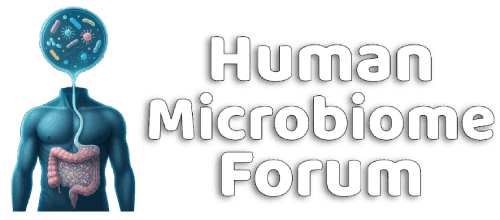Michael Harrop
Well-known member
https://theconversation.com/athletes-looking-for-a-competitive-edge-may-find-it-within-their-gut-microbiome-234979
Research has shown that endurance athletes have different gut microbiomes compared with the general population. Their microbiome’s composition and function, like increased production of a short-chain fatty acid called butyrate, are associated with increased VO2 max, a fitness benchmark that measures your ability to consume oxygen during intense exercise. One organism in particular, Veillonella is found in some elite runners and may help raise lactate threshold, a fitness metric closely linked to mitochondrial function and how long an athlete is able to sustain intense effort.
Additives used to improve the taste and appearance of food, like emulsifiers, can negatively affect the gut microbiome, compromising the gut barrier and causing systemic inflammation, an unhealthy state linked to metabolic disease, cancer, autoimmune conditions and neurodegenerative diseases. Ultra-processed foods have also removed key factors like fiber, polyphenols and healthy fats found in whole foods that support gut health and signal to the mitochondria that there are calories to be metabolized.
Reintroducing a diet rich in foods that positively affect your microbiome — beans, nuts, seeds, whole grains, fruits and vegetables — during the recovery phase of training can help most people prevent the adverse effects of high-intensity exercise and optimize performance.
However, due to antibiotic misuse and processed diets, some people lack key microbes and metabolic machinery needed to convert fibers and polyphenols into useful molecules the body can use. This shortage may explain why some healthy foods and diets might not be beneficial or tolerated by everyone.
- Format correct?
- Yes
